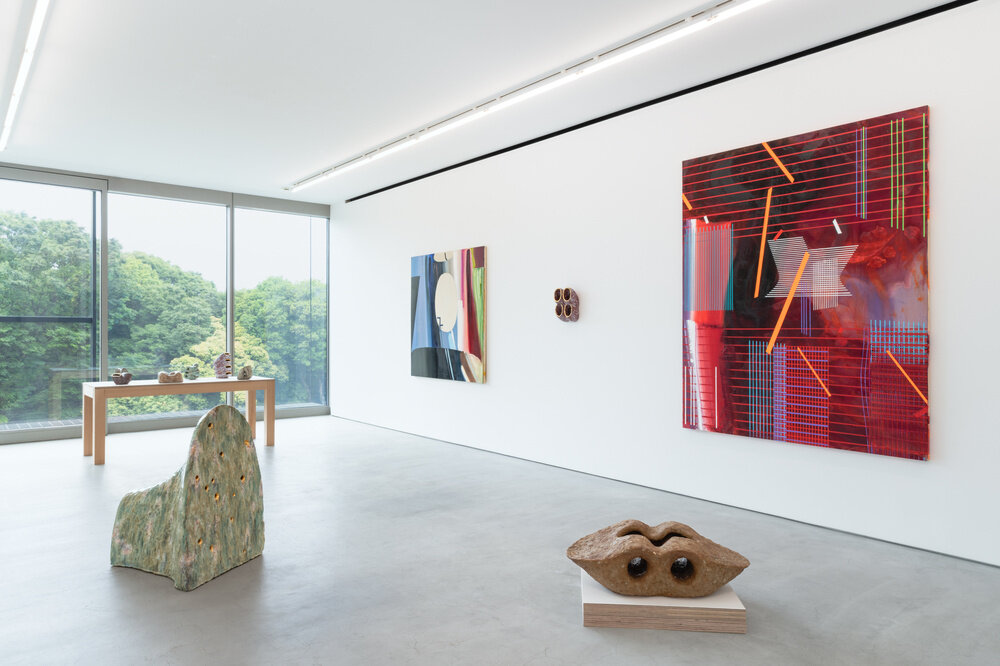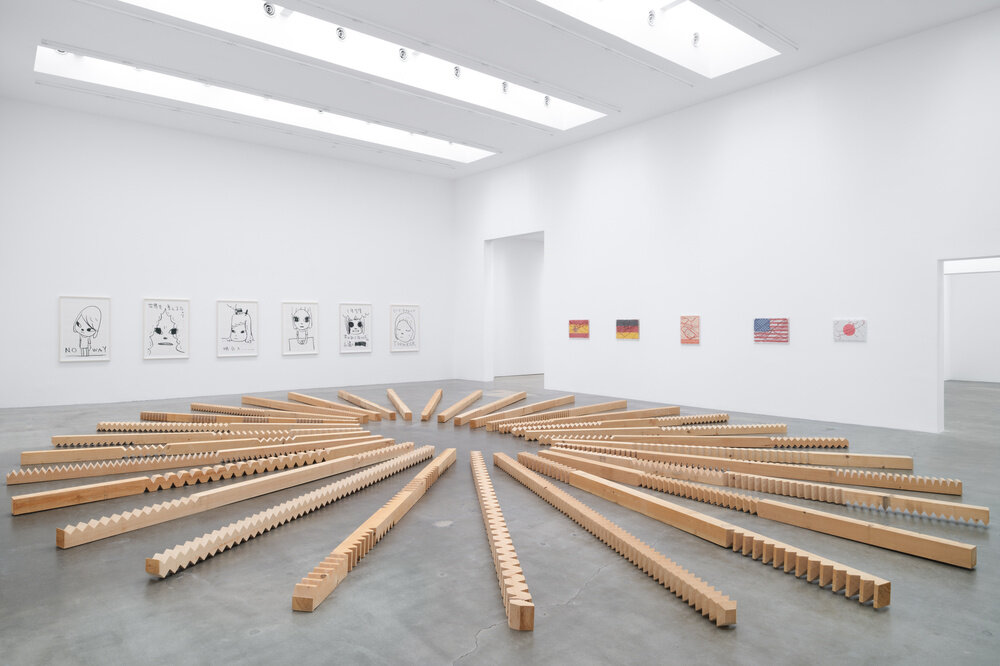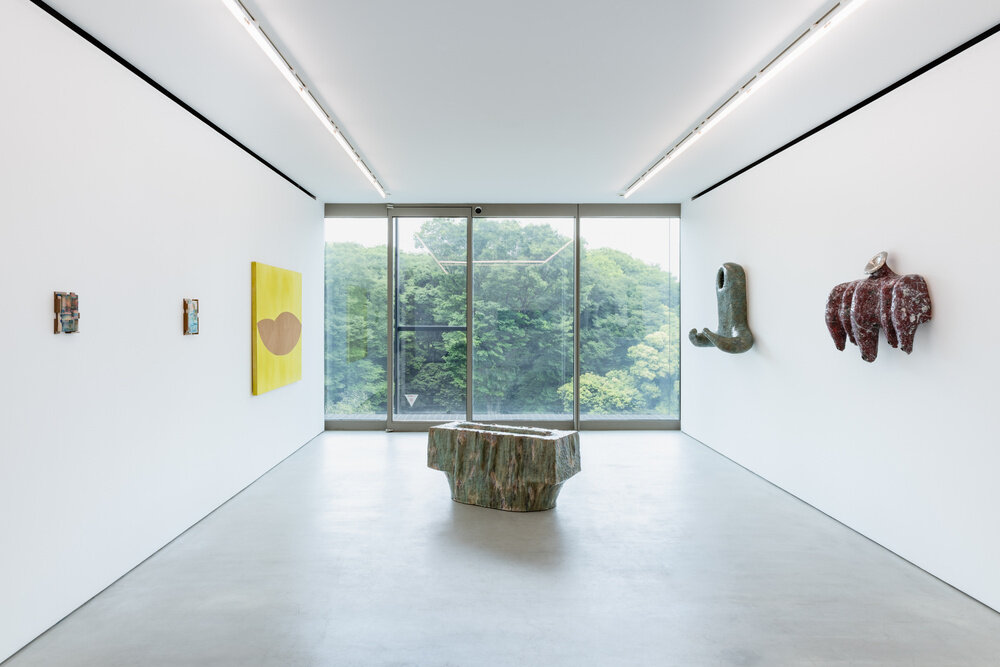Akane Saijo

Yukie Ishikawa, Akane Saijo
May 18 – June 22, 2024Tokyo

Written with a Splash of Blood
January 20 – March 10, 2024Tokyo

Written with a Splash of Blood
January 13 – March 3, 2024Los Angeles

May 13 – June 24, 2023Tokyo
Biography
Kyoto, where Akane Saijo (b. 1989, Hyogo Prefecture, Japan) currently works and studies, has been a thriving pottery production center for generations—from the seventeenth-century up through the more recent Sodeisha group, which was at the forefront of Japanese ceramics for fifty years after World War II. Saijo both acknowledges and innovates upon this history with forms in Saijo’s small-scaled ceramic sculptures that make nod to the artist’s predecessors and build out from their legacy. Saijo creates ceramics of various sizes with intricate glazes that evoke the gradation of different tree species in a far-off forest or the earth’s naturally occurring clay deposits. She often collaborates with performers to activate the cavities and holes in her ceramic works, turning them into sound-producing devices. Through the activation of Saijo’s work, the boundary between body and object becomes blurred. The resulting awareness of the distance between self and exterior provokes a reconsideration of one’s relationship to society and nature.
The artist cites Marcel Duchamp’s concept of inframince—the infinitely small space between or differentiating both people and things—as an important influence for her intricate ceramic work. Saijo delves into and hyperbolizes this phenomenon. Though Duchamp refrained from overtly defining inframince, in notes archived at the Centre Pompidou he describes: “The exchange between what one puts on view… and the glacial regard of the public… Very often this exchange has the value of an infra thin separation meaning that the more a thing is admired and looked at the less there is an infra thin separation.” The negative spaces in Saijo’s sculptures complement the positive space of the human body, and the artist often collaborates with performers to engage with these orifices in her ceramic works. The artist’s forged forms engulf the performers—their mouths or entire bodies—as they breathe into the work’s holes to create sound. With these activations, the space of inframince, the miniscule separation between the work and the viewing body, is pushed to its utmost limit and nearly eliminated.
The body—as commingled with ceramic—is also an integral portion of the construction of these works, as it has been since the inception of this medium. Working the clay with her hands, Saijo combines various traditional techniques to construct her clay bodies—unfettered by the question of art versus craft that is often applied to handmade ceramics created in the contemporary period. With her intensive research practice and educational background in ceramics, Saijo seamlessly merges art’s conceptual concerns with technically skilled craftsmanship.
Akane Saijo completed her BA in Fine Art and MA in Ceramics at Kyoto City University of Arts, Kyoto, Japan, and received the grand prize at the first edition of MIMOCA EYE at Marugame Genichiro-Inokuma Museum of Contemporary Art, Kagawa in 2022. She will have her first museum solo exhibition at the Marugame Genichiro-Inokuma Museum of Contemporary Art in early 2025. Her work is represented in the collections of the Aichi Prefectural Museum of Art, Aichi, Japan and Mori Art Museum, Tokyo, Japan, among others.